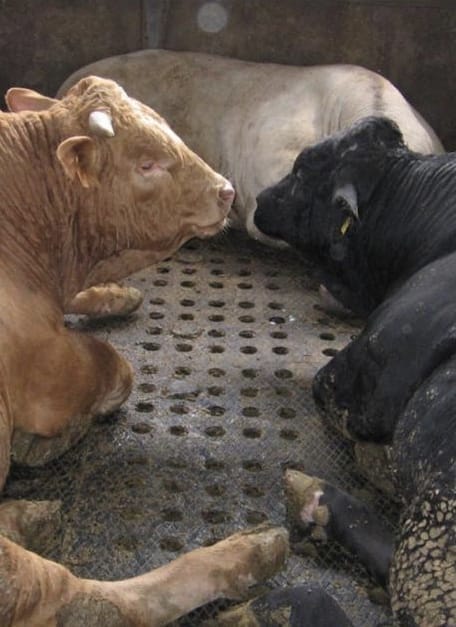Vacflex rubber mat
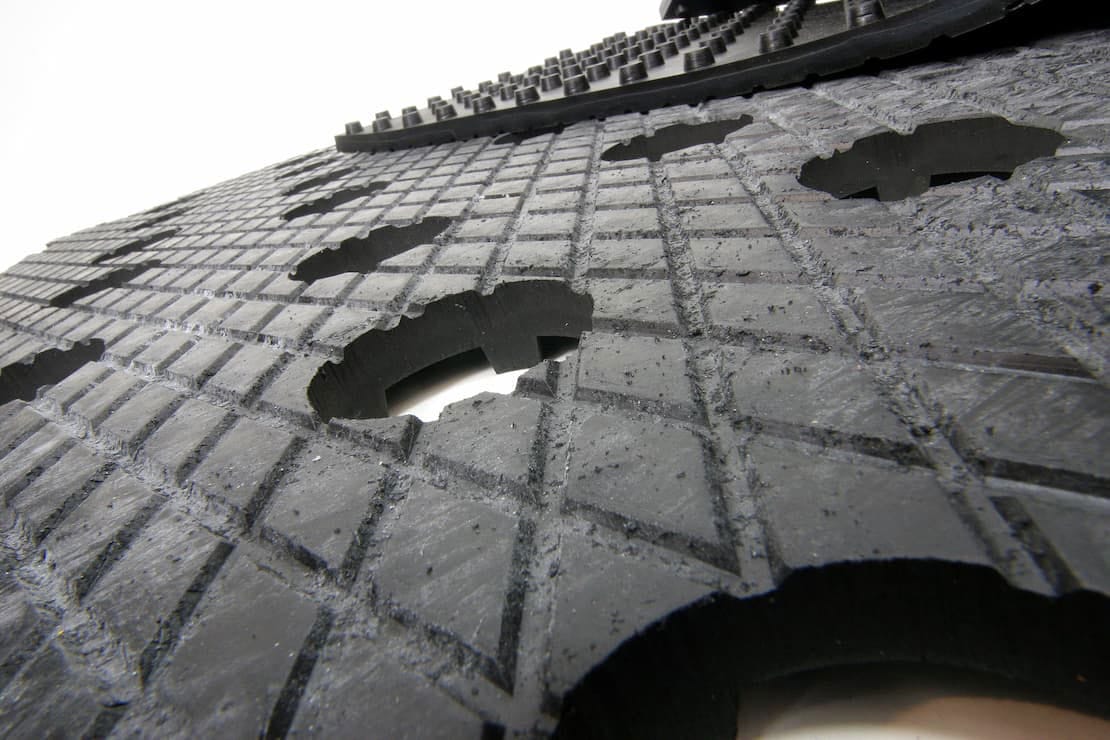
VACFLEX RUBBER MAT
The state of cowshed matting clearly influences the state of health of the cows' hooves. Indeed, the frequency of contusions in the living part of the foot, the ease with which cutaneous microlesions can develop and, even, the condition of the horns is all dependent on the interaction between the hoof and the flooring. It is through such lesions that the hoof could become infected with digital dermatitis or interdigital phlegmons (foot rot).
For several years, the matting industry was focused on perfecting the use of the most widely deployed material - concrete. A great deal of time and energy was dedicated to improving the physical characteristics of concrete flooring, with continuous, slatted, smooth, lined or specially molded floors all being developed to try to improve performance.
Only in recent years - in an attempt to discover a more 'physiological' type of cowshed flooring - have elastic materials (particularly synthetic rubber elastomers) started to be used. Elastomer flooring solutions, in a range of shapes, thicknesses and consistencies, are now used to cover the existing slatted or perforated concrete surfaces.
Advantages:
- Non-slip surface
- Drier and warmer environment
- Smooth (easier to walk on)
- Reduced incidence of foot rot
- Easy to lay
Results:
- Lower costs
- Increased milk production
Elastomer solutions have been very positively received by the animals themselves in a number of different research projects based on an evaluation of biometric data relating to the length of their stride and the angle of abduction of their rear hooves. Elastomer matting also causes a marked reduction in the incidence of the most common horn defects such as solar ulcers and white line separation.
Features:
- Rubber Mat SBR/NR
- NO BONDED rubber
- The only one vulcanized in Italy
- Maximum dimensions: mm. 1200x2500
Research carried out in northern Europe - where elastomer matting has been used for some time - shows, however, that the introduction of this type of flooring (since it more or less eliminates abrasion on the hooves) necessitates a reduction in the intervals between hoofcare sessions from six months to four months (i.e. the hooves should be serviced three times a year, rather than just twice), with a resultant increase in farrier costs.
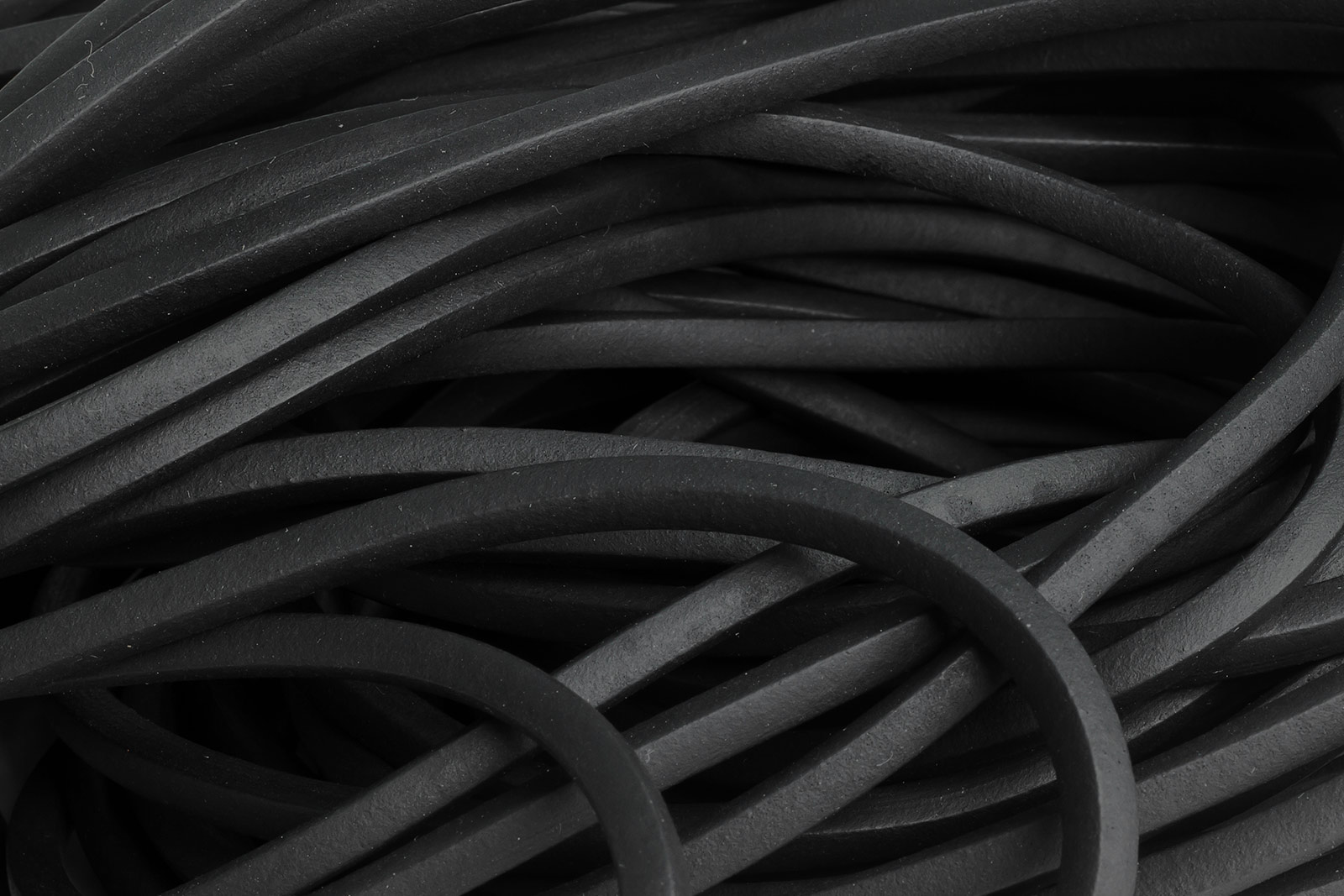


Vacflex
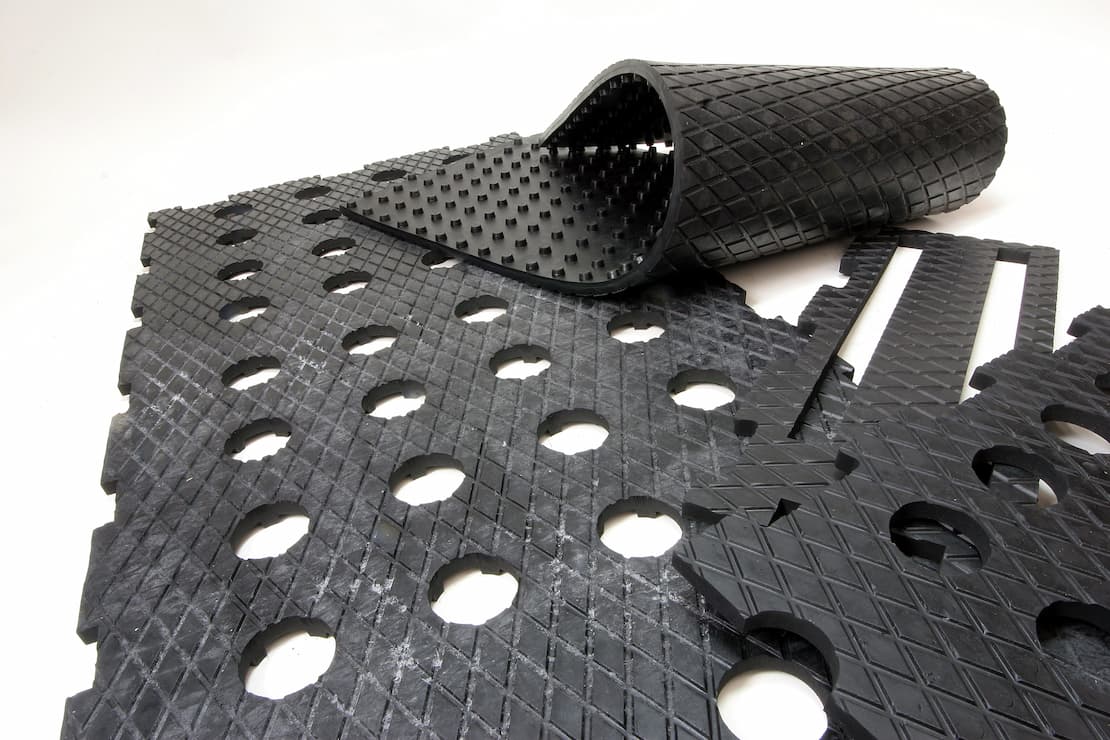

Vacflex
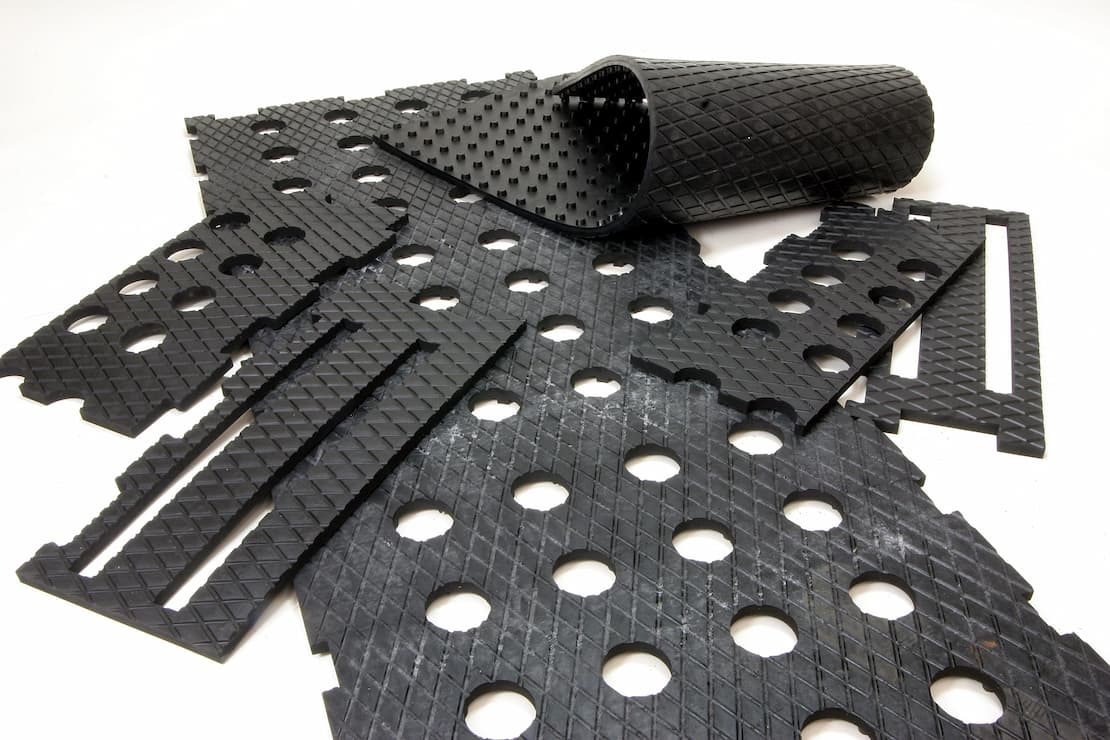

Vacflex
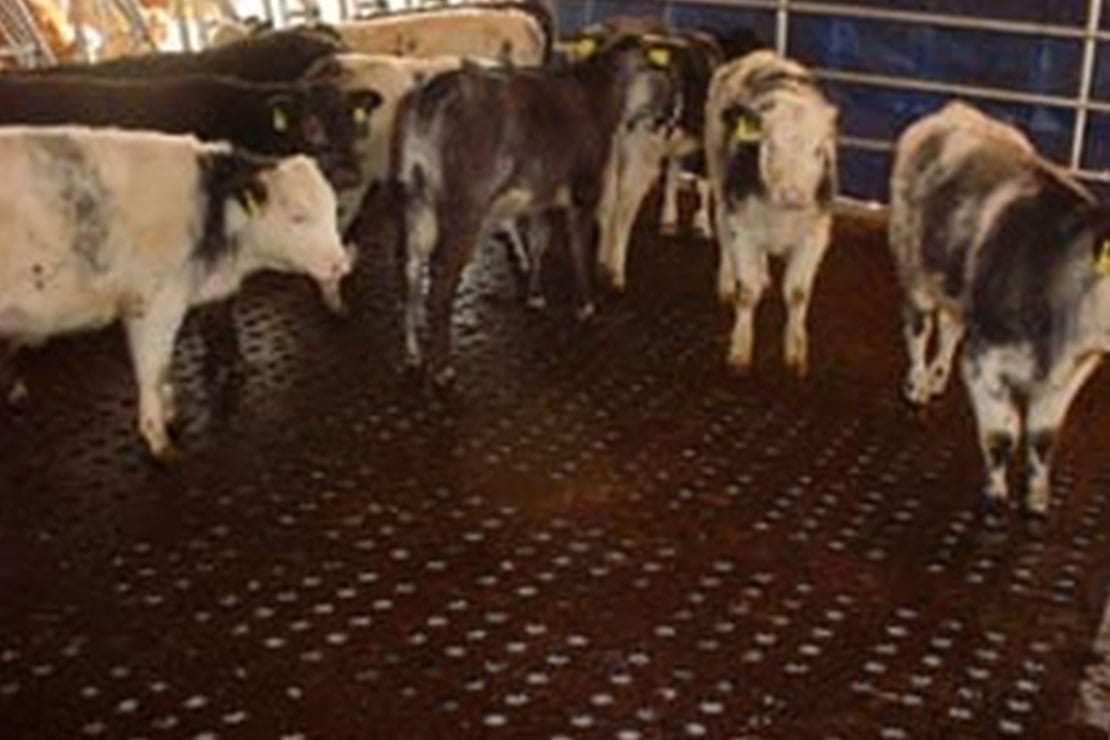

Vacflex
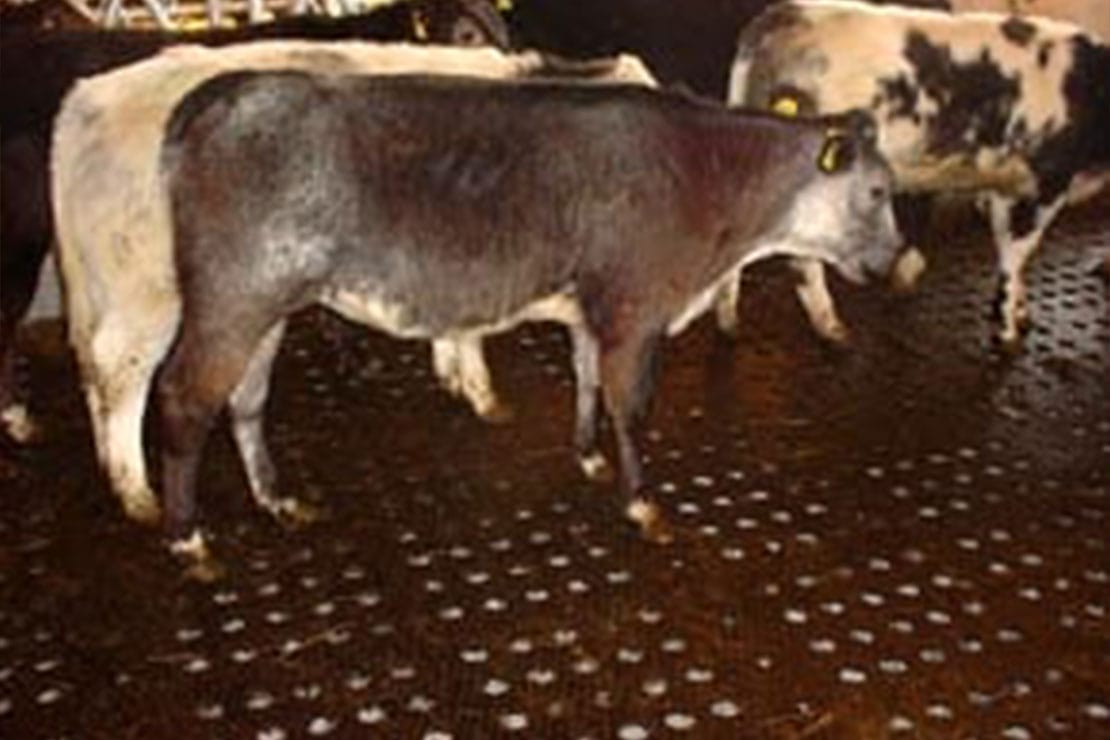

Vacflex
